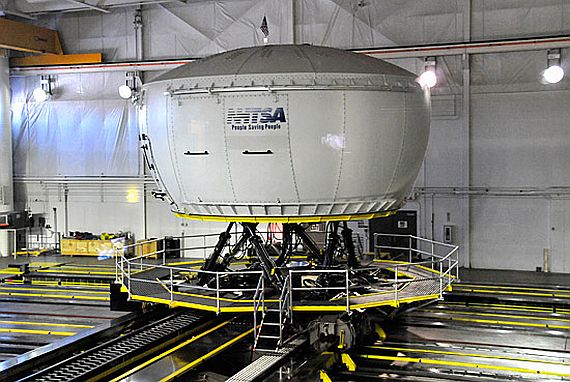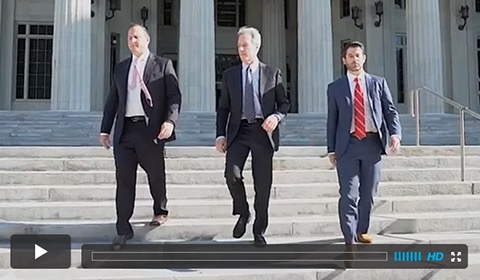Don’t Blame the Driver When Vehicles Rollover After Tire Failures
Tread separations are a type of tire failure that occurs in warm weather climates like Florida. Tread separations are a specific type of tire failure where the tread peels away from the carcass of the tire.
It is quite common for vehicles to veer out of control and rollover when tread separations occur, and this is especially true when the tread separation occurs on a rear wheel position on an SUV. At Halpern, Santos & Pinkert, P.A. our Florida lawyers have decades of experience in dealing with these types of allegations, which may be unfounded and unfair.
One tactic used by tire manufacturers to deflect attention away from manufacturing and design defects is to blame the driver for causing the rollover. While it is true that driver input contributes to the vehicle’s response, it can hardly be considered the cause of the rollover.
When a tread separation occurs the vehicle dynamics change dramatically. The vehicle will begin to pull to the side where the tire failure has occurred. In order to keep the vehicle straight, avoid other vehicles and/ or veering off the road, it is necessary to steer in the opposite direction of the side of the vehicle where the tread separation is located and where the pull is occurring. Unfortunately, once the tread is gone the vehicle will over-react (over-steer) to any steering input and cause the vehicle to rotate out of control. This was seen repeatedly in the hundreds of Ford/Firestone tread separation cases.
Obviously, the drivers would not have veered off the roadway and rolled over without the tire failure. Nevertheless, tire manufacturers point to track tests that show professional drivers who are able to control vehicles that undergo a tread separation. These events are pre-arranged and the drivers know they are going to occur.
The National Traffic Highway Safety Administration set out to study driver response to tread separations and made the following conclusions:
“When drivers had prior knowledge of the imminent tread separation, they were significantly less likely to sustain loss of vehicle control following the tread separation. This implies that: Findings from test track studies in which test drivers were aware of an imminent tread separation may underestimate the extent to which tread separation occurring in the real world leads to instability and loss of vehicle control.”
These studies were conducted in the National Advanced Driving Simulator (NADS, see image below) which is similar to the simulator that teaches pilots to fly. This type of study allows for data without exposing participants to injury or death from dangerous track testing involving tread separations.
Tread separations are dangerous events because the vehicle suddenly and unexpectedly becomes unstable and reacts differently from the way it was responding just moments before. We believe that blaming the driver under these circumstances is a deflection away from the real culprit – manufacturing and design defects in the tire.
 In product liability cases defending the actions of the plaintiff is an important feature of the case. It is not uncommon for defendant manufacturers to allege that the plaintiff himself did something negligent or modified the product.
In product liability cases defending the actions of the plaintiff is an important feature of the case. It is not uncommon for defendant manufacturers to allege that the plaintiff himself did something negligent or modified the product.














